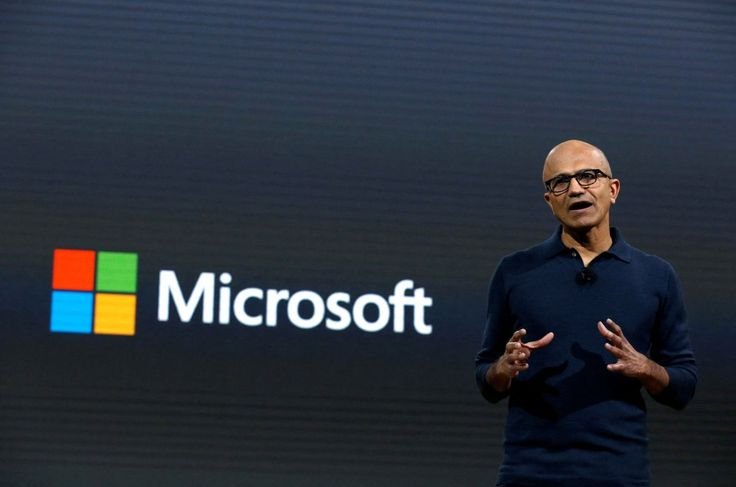Physical Address
304 North Cardinal St.
Dorchester Center, MA 02124

In a move that has caught the attention of the tech industry once again, Microsoft has announced that it will be laying off around 3% of its global workforce. This decision impacts employees at all levels — across various teams, roles, and even geographic locations.
A Microsoft spokesperson confirmed the news and explained the reason behind the decision.
“We continue to implement organizational changes necessary to best position the company for success in a dynamic marketplace,”
the spokesperson told CNBC.

What makes this announcement surprising is that it comes right after Microsoft reported impressive earnings. The company posted a quarterly net income of $25.8 billion, surpassing expectations. It also gave a positive forecast for the future. Despite this financial success, the decision to let go of thousands of employees has raised several eyebrows.
Microsoft currently has around 228,000 employees worldwide. A 3% reduction means thousands will lose their jobs. While this isn’t the biggest layoff in Microsoft’s history, it’s still significant. The last major cut happened in 2023, when the company removed around 10,000 roles. In comparison, earlier this year, a smaller batch of layoffs was carried out, but those were reportedly performance-related. This time, however, the layoffs are not about individual performance, but rather broader strategic changes.
According to the company, one of the key reasons behind these job cuts is the desire to reduce layers of management. Simplifying the organizational structure is often done to speed up decision-making and improve overall efficiency. In fact, this trend isn’t unique to Microsoft. Other big tech companies are doing the same.

Earlier this year, Amazon also made changes for similar reasons. It identified what it called “unnecessary layers” in its internal structure and removed certain positions as a result. Similarly, CrowdStrike, a well-known cybersecurity company, also laid off 5% of its employees just last week.
So, the question arises — is this just about trimming the fat, or is there something more?
The tech industry has been undergoing major changes, especially with the rapid rise of artificial intelligence (AI). Microsoft, in particular, has been deeply invested in AI, especially through its Azure cloud platform. However, earlier this year, the company noted that growth in Azure’s traditional cloud business was slower than expected — though growth tied to AI had exceeded internal goals.
During a January earnings call, Microsoft CEO Satya Nadella explained how the company was rethinking its sales approach.
“How do you really tweak the incentives, go-to-market?” Nadella asked.
“At a time of platform shifts, you kind of want to make sure you lean into even the new design wins, and you just don’t keep doing the stuff that you did in the previous generation.”

What Nadella meant was simple — the tech world is evolving fast, and companies like Microsoft need to change how they operate, especially when moving from older technologies to new ones like AI. That means reevaluating strategies, incentives, and even roles within the company.
Interestingly, even as these layoffs were announced, Microsoft’s stock price continued to climb. On Monday, the company’s shares closed at $449.26, which is the highest price of the year so far. And back in July, it even touched a record high of $467.56. This shows that, despite the job cuts, investor confidence in Microsoft remains strong.
This latest round of layoffs is part of a larger trend. Big tech companies are shifting priorities, especially toward AI-driven innovation. As they do, roles that once seemed permanent are being reevaluated. The move toward leaner teams and flatter structures suggests a changing definition of efficiency and productivity in the tech world.

While Microsoft continues to grow and innovate, the human cost of such decisions is significant. Thousands of talented people will now need to look for new opportunities, even as the company they worked for posts record profits and continues to lead in emerging technologies.
Microsoft’s decision to cut 3% of its workforce may seem puzzling at first — especially when paired with its soaring profits. But it reveals a deeper shift in how tech companies are adapting to a new era shaped by AI, speed, and leaner operations. While the company aims to streamline itself for future success, the impact on thousands of employees is real and profound.
These changes also highlight how volatile the tech industry can be — where even strong performance doesn’t guarantee job security. It’s a reminder that companies, no matter how successful, are constantly evolving and sometimes that evolution comes at a human cost.